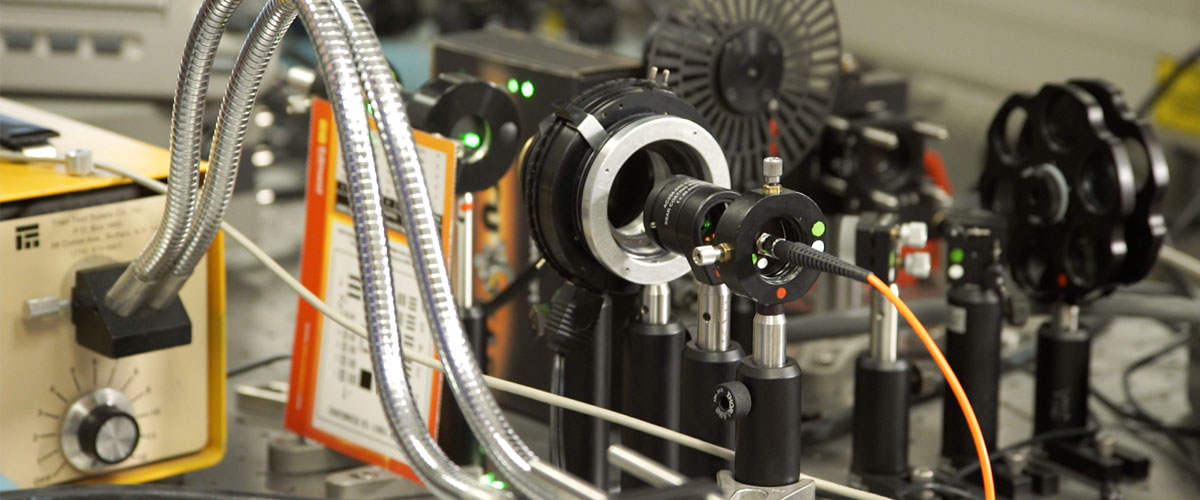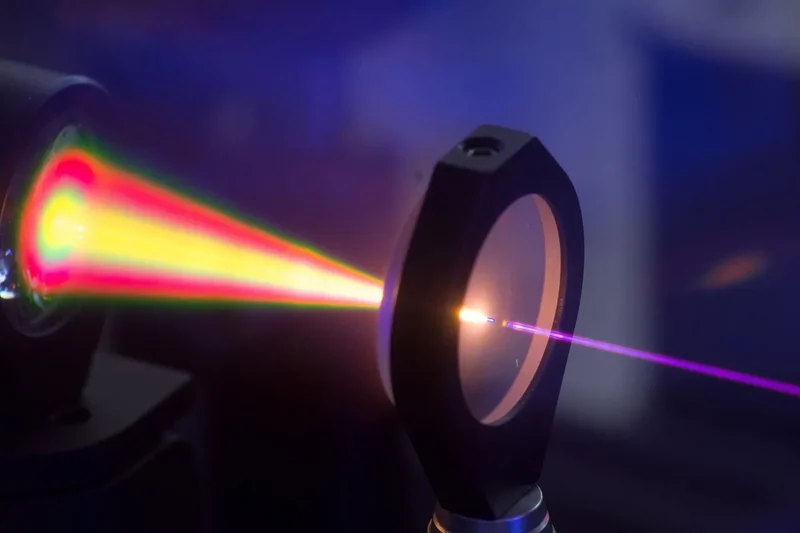Light is an essential part of our lives and has been used in many ways since ancient times. The science of photonics, or the study of light, is now more important than ever as technology advances with the development of lasers.
In this article, we will explore how lasers can generate and amplify light to create powerful beams for a variety of applications. We will discuss the components that make up a laser system, its basic principles, and some exciting modern applications related to photonics.
Join us on this journey into the fascinating world of photonics!
Introduction to Photonics
The science of photonics has revolutionized the way we use light. With lasers, scientists can generate and amplify beams of light in ways that were never thought possible before.
By understanding the fundamentals of how laser light is generated and amplified, researchers have been able to develop new technologies such as optical fibers for telecommunications, medical imaging tools like MRI scanners, and even food processing techniques that rely on lasers to cut and measure ingredients accurately. This introduction to photonics will provide an overview of how these amazing applications work by exploring the principles behind generating and amplifying laser light.
We will also discuss some of the current research efforts being made in this field, as well as future innovations that could be made with our increased understanding of this powerful technology.
How Light is Generated Through Lasers

Light is generated through lasers in a process known as stimulated emission. This occurs when a photon within the laser interacts with an atom, causing it to release another photon of the same energy and frequency.
These photons then travel down the length of the laser at speeds greater than that of light in air or water due to their confinement within a closed system. As they travel, more atoms are stimulated and additional photons are released, amplifying the source until it reaches its desired intensity level.
Lasers can also be used to produce very short pulses by rapidly switching between different states of operation, allowing them to create incredibly bright flashes for use in various applications such as medical imaging and industrial welding.
Applications of Laser-Generated and Amplified Light
Lasers generate and amplify light in a way that has made them extremely useful for many applications. Lasers are used in precision surgery, as well as industrial processes such as material cutting and welding. They have enabled some of the most advanced technological innovations we have today, from high-quality holograms to laser pointers and even the optical drives found in computers.
In addition to these more common uses of lasers, they also find application in areas such as spectroscopy (the study of matter using light) or remote sensing (measuring things at a distance). Moreover, laser technology is being used increasingly in communication networks where it can carry information over long distances with minimal distortion.
Photonics has opened up exciting new possibilities for how lasers can be used to benefit humanity going forward – from faster internet speeds to better medical treatments – making this an incredibly important field of science.
Conclusion

The Science of Photonics is an ever-evolving field that continues to advance the way we use and manipulate light. Lasers are a key component in this, as they generate and amplify light in ways never thought possible before.
Laser Technology has been at the forefront of this development with its cutting-edge technologies, making it a leader in this field. With advances like these, photonics will continue to shape our lives for years to come.


